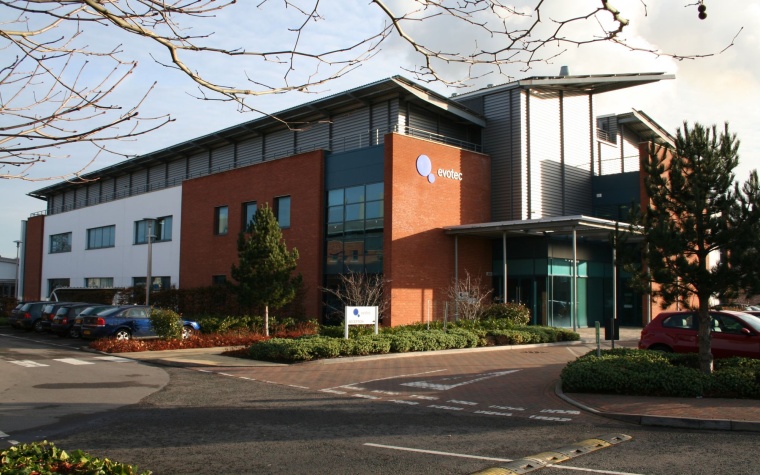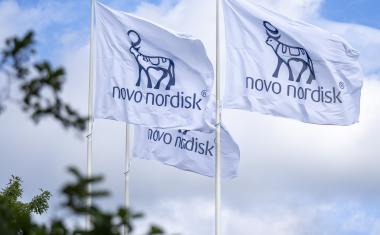Evotec Partners on Metabolic and Eye Diseases
German drug discovery and development company Evotec has entered into two separate collaborations with major pharma firms during January.
The first deal, with Eli Lilly, relates to metabolic diseases and is for an initial term of three years. Evotec will be responsible for discovering potential drug candidates for treating diabetes and chronic kidney diseases from targets that itself or Lilly has identified.
“Evotec’s patient-derived molecular data in combination with our omics-supported multimodality drug discovery platform delivers highest quality drug candidates for our partners,” said Cord Dohrmann, the company’s chief scientific officer.
Lilly has the right to select up to five programs developed within the collaboration and to continue with any subsequent development, clinical validation and commercialization.

The US drugmaker will make an undisclosed payment upfront, as well as potential milestone payments of up to $180 million per program, together with tiered royalties, which in total could be worth up to $1 billion.
The second partnership is with German pharma Boehringer Ingelheim and centers on induced pluripotent stem cell (iPSC)-based disease modeling for ophthalmologic disorders.
Through phenotypic screening of human iPSC-derived cells, supported by its PanOmics platform, Evotec will identify small molecules that are able to modulate disease phenotypes and validate the underlying promising targets for potential therapies.
Boehringer Ingelheim will continue with developing any potential therapeutic candidates. The company will pay Evotec a sum upfront along with further milestone payments and royalties; financial details were not disclosed.
“Phenotypic screens based on human iPSC-derived disease models combined with our unbiased PanOmics readouts are more likely to deliver disease relevant drugs than any other cell-based screening approach,” Dohrmann said.
Evotec added that millions of people worldwide are affected by vision-related diseases and there is a high unmet need for novel therapeutic solutions.
Author: Elaine Burridge, Freelance Journalist
















